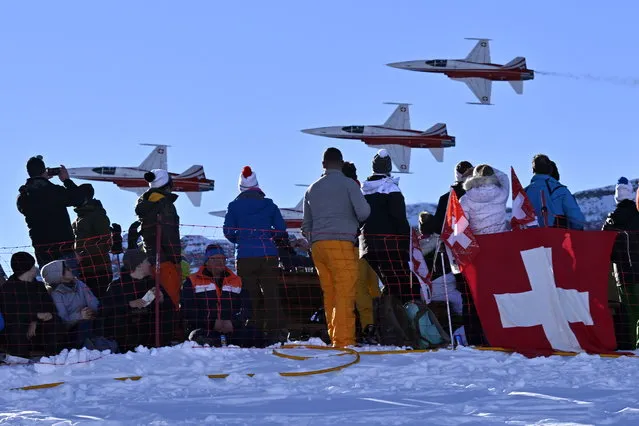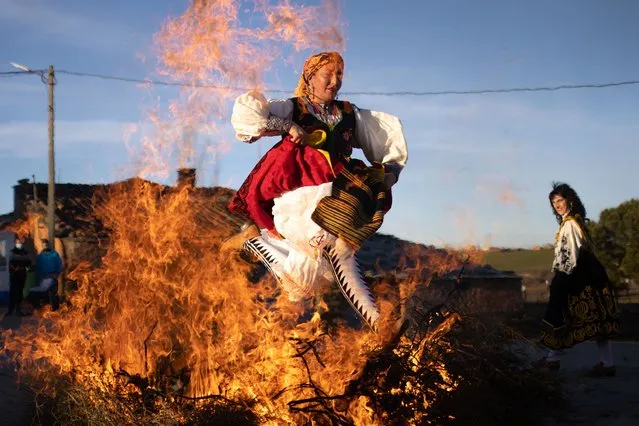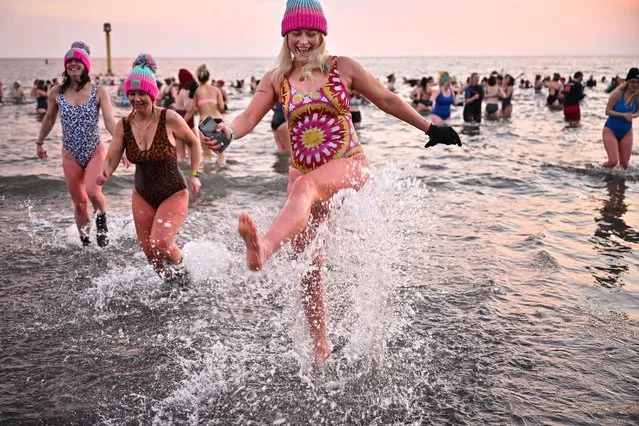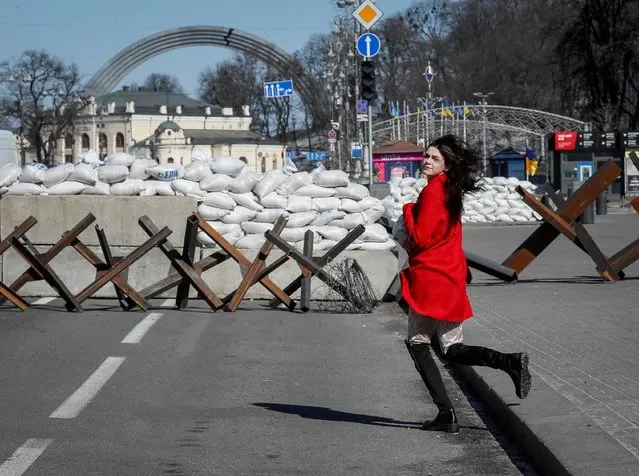
2021 Miss Universe Harnaaz Sandhu from India struggles to keep her crown on in the wind, as she arrives on the observation level of the Empire State Building in the Manhattan borough of New York City, New York, U.S. January 12, 2022. (Photo by Carlo Allegri/Reuters)
14 Jan 2022 08:27:00,post received
0 comments







